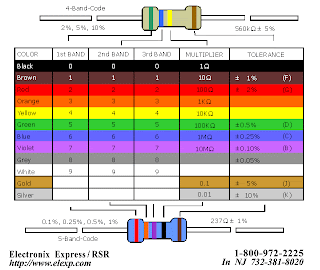
Every human are not same. the variation of humans color varies from skin, eyes, and hair.
Human skin color can range from almost black (in skin with very high concentrations of the dark brown pigment melanin) to nearly colorless (appearing pinkish white due to the blood vessels under the skin.) Skin color is determined primarily by the amount and type of melanin. Variations in skin color are mainly genetic in origin.
In general, people with ancestors from tropical regions and higher altitudes (who were hence exposed to greater ultraviolet radiation) have darker skin than people with ancestors from middle latitudes. This is far from a hard and fast rule, however, because many light-skinned groups have managed to survive at the equator through social adaptation. The same can be said of dark-skinned groups living at subtropical and temperate latitudes.
Eye color is a polygenic phenotypic character and is determined by the amount and type of pigments in the eye's iris. Humans and animals have many phenotypic variations in eye color, as blue, brown, green and others. These variations constitute phenotypic traits.
The genetics of eye color are complicated, and blue color is determined by multiple genes. Some of the eye-color genes include EYCL1 (a green/blue eye-color gene located on chromosome 19), EYCL2 (a brown eye-color gene) and EYCL3 (a brown/blue eye-color gene located on chromosome 15). The once-held view that blue eye color is a simple recessive trait has been shown to be wrong. The genetics of eye color are so complex that almost any parent-child combination of eye colors can occur.
Hair color is the pigmentation of hair follicles due to two types of melanin, eumelanin and pheomelanin. Generally, if more melanin is present, the color of the hair is darker; if less melanin is present, the hair is lighter. Levels of melanin can vary over time causing a person's hair color to change, and it is possible to have hair follicles of more than one color.
Particular hair colors can be associated with ethnic groups - however, due to migration and global travel, considerable variations have developed in the hair color of individuals within an ethnic group, creating a greatly increased diversity of hair color.





















